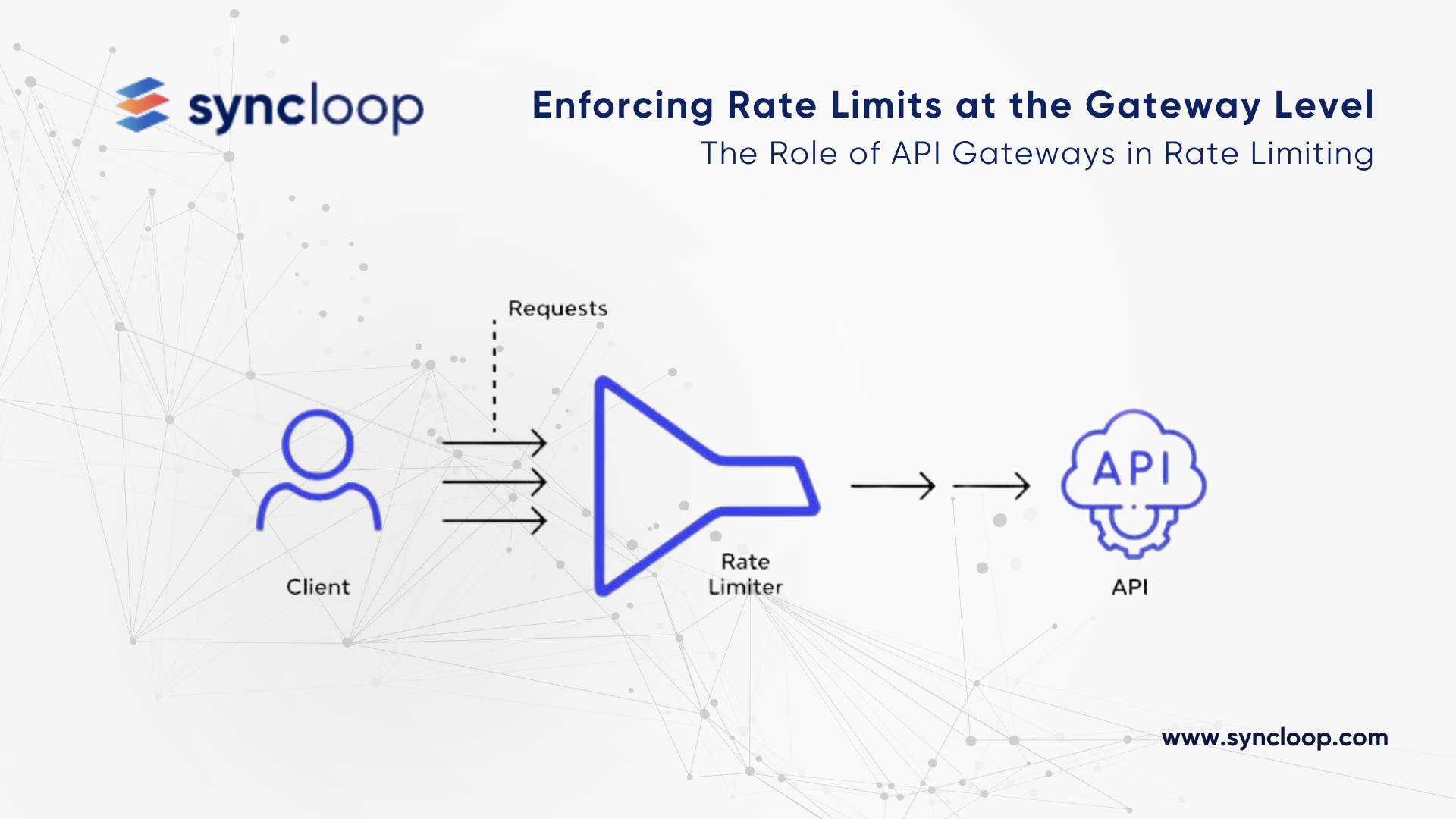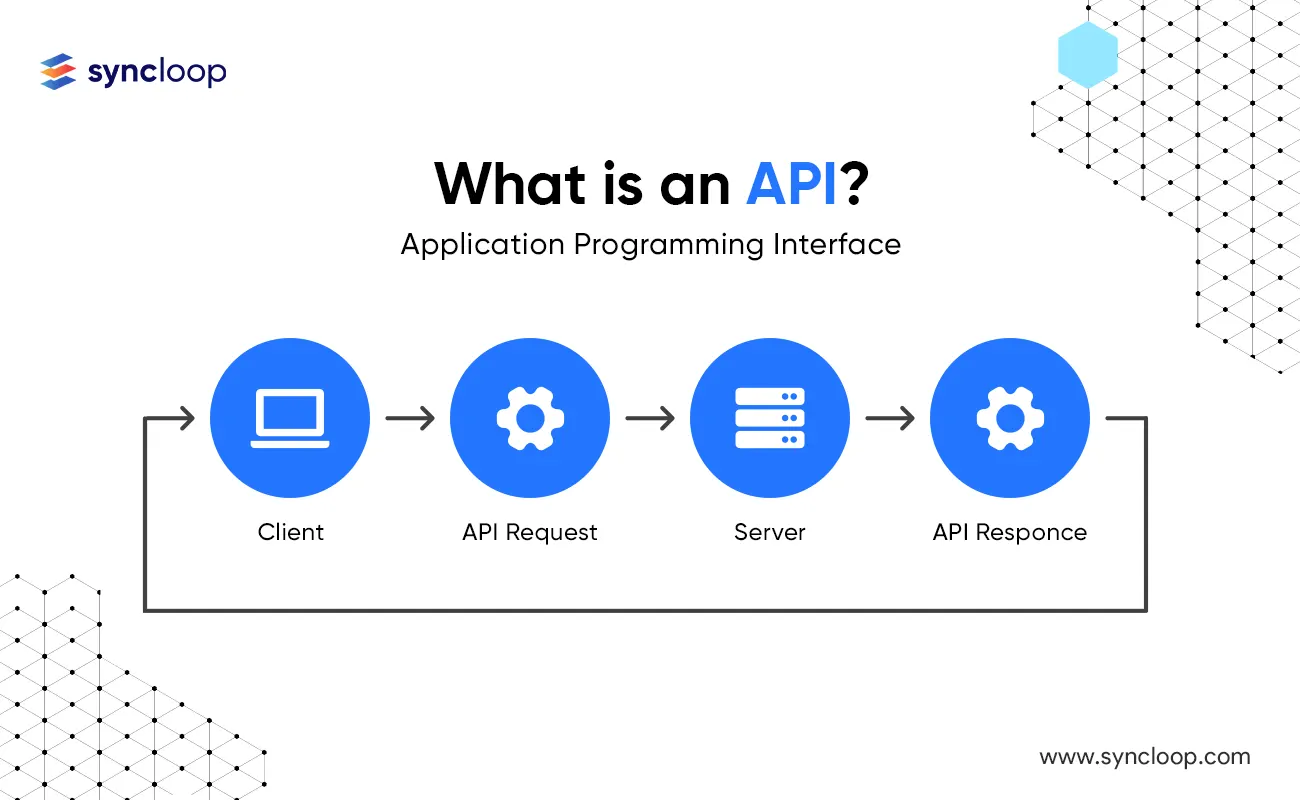Enforcing Rate Limits at the Gateway Level
Posted by: Deepak | November 19, 2024

Categories: API security, API performance, API management
API gateways have become an essential component of modern application architectures, providing a centralized point of control for managing API traffic. One of their core functionalities is rate limiting, which helps to protect APIs from abuse, DDoS attacks, and excessive load. By enforcing rate limits at the gateway level, organizations can ensure the stability, security, and performance of their APIs.
Understanding Rate Limiting
Rate limiting is a technique used to control the number of requests that a client can make to an API within a specific time frame. It helps prevent resource exhaustion, malicious attacks, and ensures fair resource allocation.
The Role of API Gateways in Rate Limiting
API gateways are ideally suited for enforcing rate limits due to their strategic position as the entry point for all API traffic. They can analyze incoming requests, apply rate-limiting policies, and either allow or deny requests based on predefined thresholds.
Key Features of API Gateways for Rate Limiting
- Flexible Rate Limiting Policies: API gateways allow you to define various rate-limiting policies, such as:
- Fixed Window Counter: Limits the number of requests within a fixed time window.
- Token Bucket: Allows for burst traffic by maintaining a pool of tokens that can be used to fulfill requests.
- Leaky Bucket: Gradually replenishes tokens over time, limiting the overall rate of requests.
- Customizable Rate Limits: You can define rate limits based on various factors, such as IP address, API key, or user identity.
- Real-time Monitoring and Analytics: API gateways provide insights into API usage patterns, helping you identify potential abuse and adjust rate limits accordingly.
- Security and Authentication: API gateways can enforce security measures, such as authentication, authorization, and encryption, to protect your APIs from unauthorized access.
Popular API Gateways for Rate Limiting
- Kong: A powerful open-source API gateway that offers advanced rate-limiting capabilities, including custom policies and real-time analytics.
- Apigee: A comprehensive API platform that provides a wide range of features, including rate limiting, security, and analytics.
- MuleSoft Anypoint Platform: A comprehensive integration platform that includes an API gateway with robust rate-limiting capabilities.
- Amazon API Gateway: A fully managed API gateway service offered by AWS, providing features like rate limiting, throttling, and caching.
Integrating Rate Limiting into API Gateways
- Define Rate Limits: Determine the appropriate rate limits for your APIs, considering factors such as expected traffic, resource constraints, and security requirements.
- Configure Rate Limiting Policies: Use the API gateway's configuration interface or API to define rate-limiting policies, specifying the rate limits, time windows, and any other relevant parameters.
- Monitor and Adjust: Continuously monitor API usage and adjust rate limits as needed to ensure optimal performance and security.
Benefits of Using API Gateways for Rate Limiting
- Centralized Control: API gateways provide a centralized point of control for managing rate limits across multiple APIs.
- Enhanced Security: API gateways can help protect APIs from attacks like DDoS and brute-force attacks.
- Improved Performance: By optimizing traffic flow and enforcing rate limits, API gateways can help improve API performance.
- Flexibility and Customization: API gateways offer flexible configuration options, allowing you to tailor rate-limiting policies to your specific needs.
Challenges and Considerations
- Complexity: Implementing and managing API gateways can be complex, especially for large-scale deployments.
- Performance Overhead: API gateways can introduce additional latency and overhead, so careful configuration is essential.
- Cost: Commercial API gateways may incur significant licensing and maintenance costs.
Conclusion
By effectively implementing rate limiting at the API gateway level, organizations can protect their APIs, optimize resource utilization, and enhance overall system performance. API gateways provide a powerful and flexible solution for enforcing rate limits, ensuring the security and reliability of your API infrastructure.
Back to Blogs

